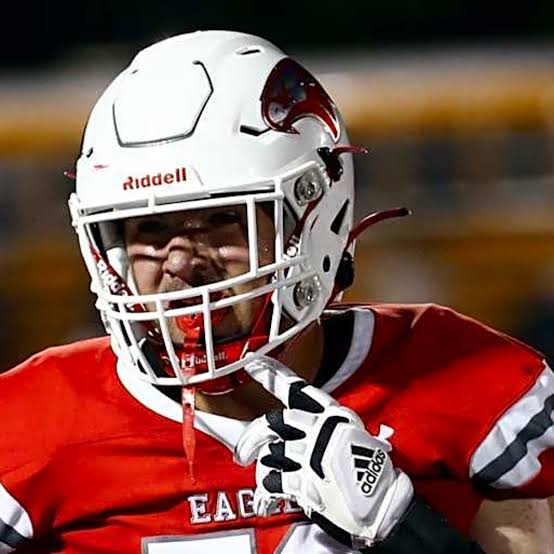Breaking : Former Five – Star Michigan Target Calls Out On3 Reporter for ‘False Narrative’ with NIL………….
In the high – stakes world of college football recruiting, a former five – star recruit who was once a top target for the University of Michigan has publicly called out an On3 reporter for spreading a “false narrative” related to Name, Image, and Likeness (NIL) deals.
The recruit, whose identity remains a topic of intense interest in college football circles, was initially highly sought after by Michigan’s coaching staff. With his exceptional skills on the field, he was expected to be a game – changer for the Wolverines’ roster. However, he ultimately chose a different path, which led to a flurry of speculation and media coverage.
The On3 reporter in question published an article suggesting that the recruit’s decision was primarily driven by a lucrative NIL deal from his chosen school. According to the reporter, the financial incentives provided through NIL arrangements were so overwhelming that they swayed the recruit’s college choice.
The former five – star recruit took to social media to express his frustration. He stated that the article painted an inaccurate picture of his decision – making process. “I made my choice based on a variety of factors, including the coaching staff, the team’s culture, and the academic opportunities available at the school,” he wrote. “The false narrative that it was all about the NIL money is not only untrue but also disrespectful.”
He further explained that while NIL is an important aspect of college sports today, it was not the determining factor in his recruitment. “I had offers from multiple schools with different NIL packages, but I didn’t base my decision solely on the money. I wanted to be in a place where I could grow as a player and a person.”
The situation has sparked a wider debate within the college football community about the role of media in reporting on NIL and recruiting. Some believe that reporters need to be more careful in their coverage to avoid spreading misinformation, while others argue that the complexity of NIL makes it difficult to accurately assess its influence on recruits.
As this story continues to unfold, it serves as a reminder that behind the glitz and glamour of high – profile recruiting, the decisions made by student – athletes are often far more nuanced than the media may portray. And in an era where NIL is a hot – button issue, the need for accurate reporting has never been greater.


